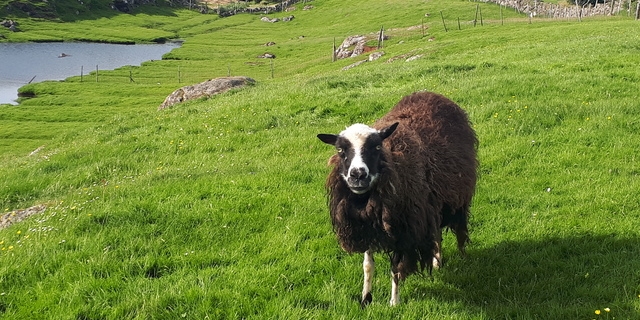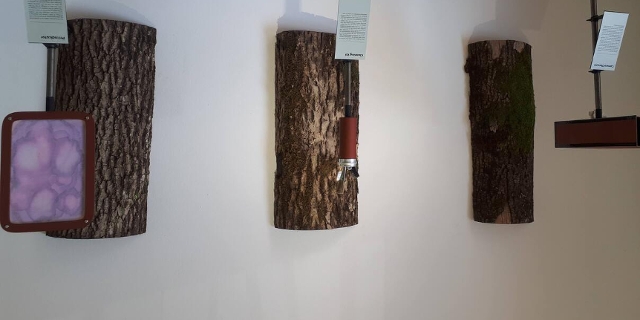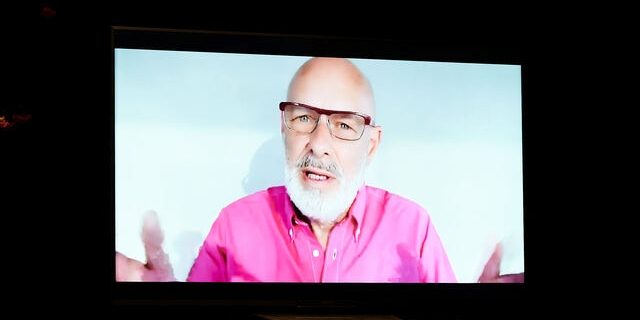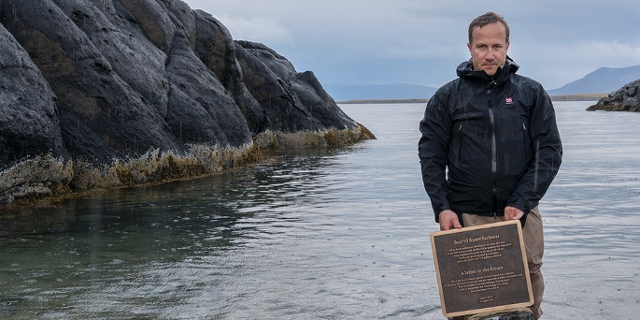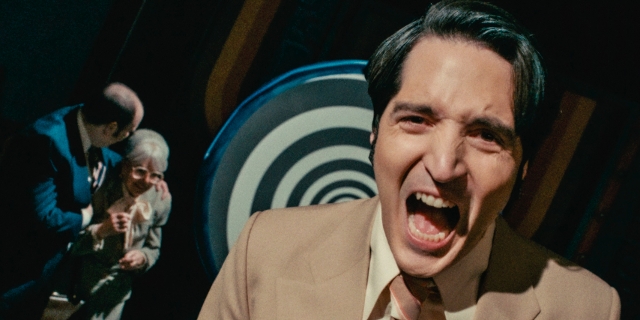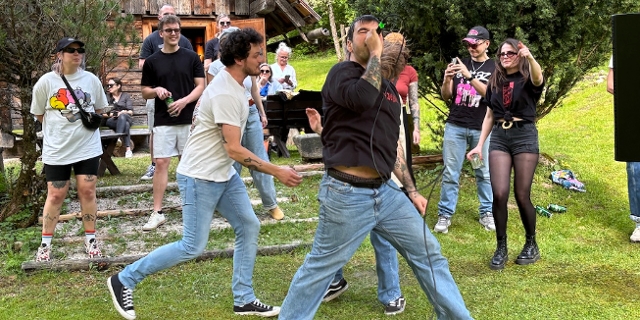Breakthroughs in Biodiversity: my tour around Moscow State U (MSU)
By Johnny Bliss
For laymen like me, a quality scientific idea is a bit like some fantastical story involving unicorns and wizards. As in, I usually don’t understand anything of the mathematics or technical stuff, but I sure do love the concepts, and I love to imagine how it would all work.
For example, if a scientist tells me that they’re going to use the manipulation of light to create a super computer, I am awe-inspired in the same way I would be, were I to watch Gandalf use his magic to blast a Balrog off of a ledge.
I’m just telling you this, so that you understand from the very get-go what sort of topics appeal to me, and what kind of ‚science‘ article this will be.
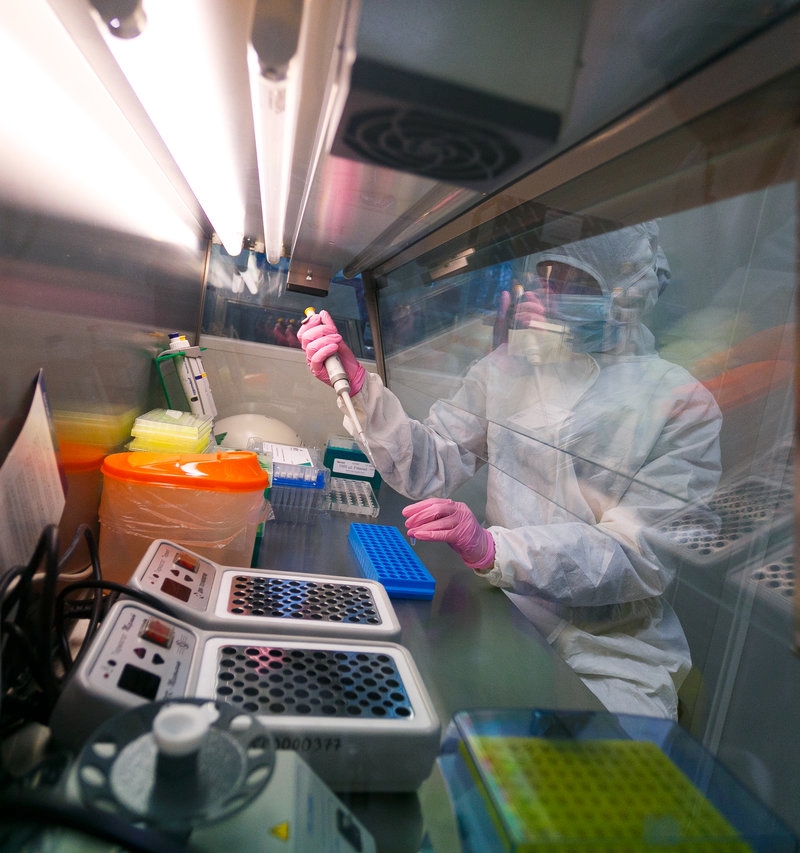
Russian Science Foundation (http://rscf.ru/en/)
For example, I have no idea what’s happening here
From December 17th to 21st, our roaming reporter Johnny Bliss was at Moscow State University, meeting scientists, physicists, entomologists and more, investigating cutting edge technology and science, including Noah’s Ark, MSU’s depository bank of living systems: a collection of biological material from around the world. They discussed breakthroughs in laser and optical technologies, nano-technology, forensics, and what the latest science has to say about the existence of God and aliens.
This broadcast on FM4’s Reality Check every day this week from 12pm, and is streamable seven days on demand.
Check out the Reality Check podcast!
Having been to many scientific conferences, festivals, and facilities over the years, I knew full well before I visited the campus of Moscow State University, that nearly every person I would meet during my visit would be substantially more intelligent than I was. I merely hoped that they also would be eloquent enough with their words that they could paint me beautiful pictures of what they’re working on, and in that regard, I was not disappointed at all.
Let’s start with the guy who gave me the most credit (undeserved, of course) for not being a total amateur where the communication of science is concerned: the physicist, master student, and photonics expert Vyacheslav Snegirev, aka Slava, who spoke to me in hushed and excited tones of things I had little hope of truly understanding.
Here is a sample of one of the things he told me:
‚So we have calculated necessary details of the deflector, which is actually the dimer, comprised of two nano-cylinders of different radii. The results are really clear to everybody, and conceptually very easy to understand.‘
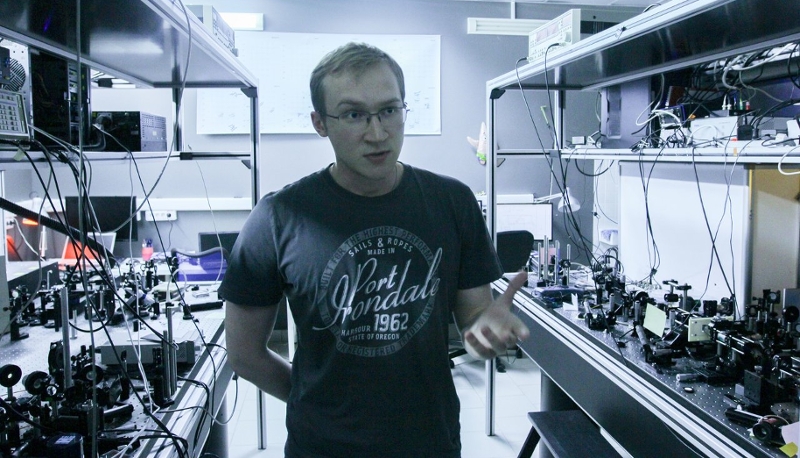
Daria Smirnova // Lomonosov MSU
Slava, explaining everything in his lab
The funny thing is, most of what he told me did make sense, at least enough that I could visualize the things that he was telling me. It’s just that sometimes he would lose himself in all the exciting details, and speak to me like I was another physicist. I was oddly flattered.
Here’s something he told me that I was able to follow:
‚The 21st century is going to be a century of light, manipulation of light. In general, quantum electronics studies the interaction between light and matter. One of the greatest [forthcoming] achievements should be the Photonic Computer, which is comprised of photonic circuits and nano-structured arrays of optical deflectors. You have the opportunity to re-invent how the computer works, and to make it really better.‘
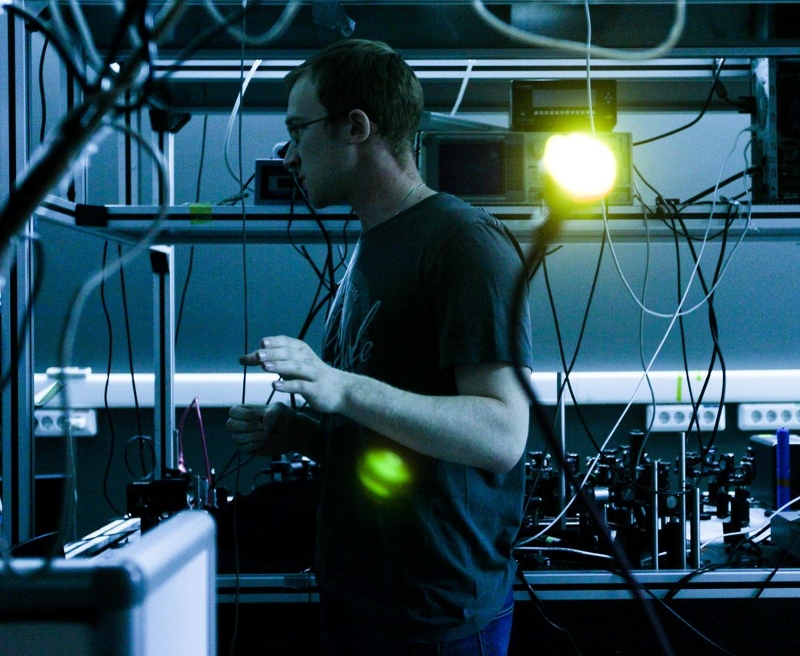
Daria Smirnova // Lomonosov MSU
Okay, so he nearly lost me there with all those arrays of optical deflectors, but then, as would happen repeatedly during our conversation, he teased me back from the brink of eye-glazedness with the following:
‚It is interesting to name LADAR technology. So it is going to succeed the previously developed concept of RADAR, and you will not need to build these large structures as with RADAR. You can control the direction of the radiation only by applying an optical pulse.‘
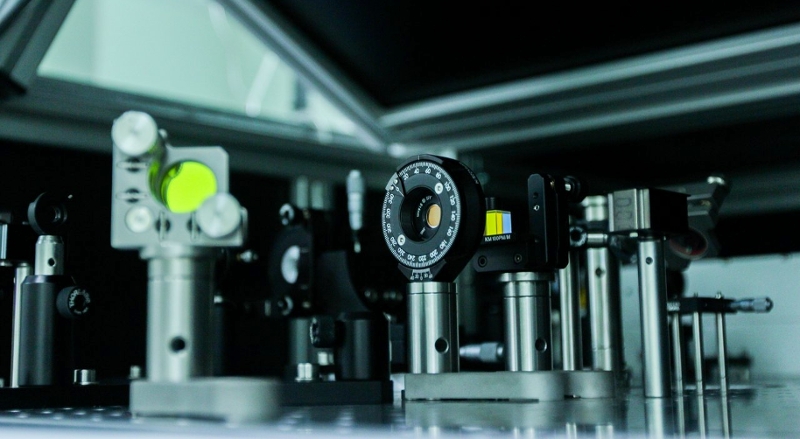
Daria Smirnova // Lomonosov MSU
Some of the famous optical technology referenced here
You see what I mean? Like me, you might not have any notion of how one might practically control radiation with an optical pulse, but the concept of using the manipulation of light to replace radar IS super interesting!
I had a bit better luck with a senior member of the Faculty of Biology, an entomologist (insect researcher) who identified herself to me as Elena.
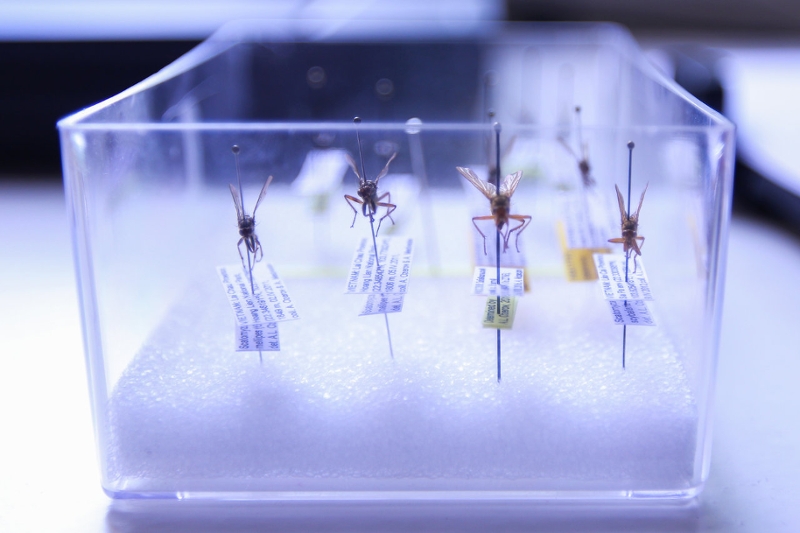
Daria Smirnova // Lomonosov MSU
While I once again had to sort of take her word for it where a lot of the heavy science stuff was concerned, the ideas she shared with me were certainly thought-provoking!
’Usually you think of entomology as a field where people are catching butterflies and pinning them up on the wall, but when we study our insects and I study flies, we also do some population genetics of flies, and are able to tell which region their larvae is from. This can have applications, for example, in the field of forensics. Imagine a person is killed, and then after half an hour, their body is moved. During that half hour, some flies laid their eggs on the body. So later, we can find the larvae on the dead body, and be able to say, „okay, this fly is not local to this area, it’s local to another area, so therefore the body was moved,“ and this can be helpful for solving a murder case.’
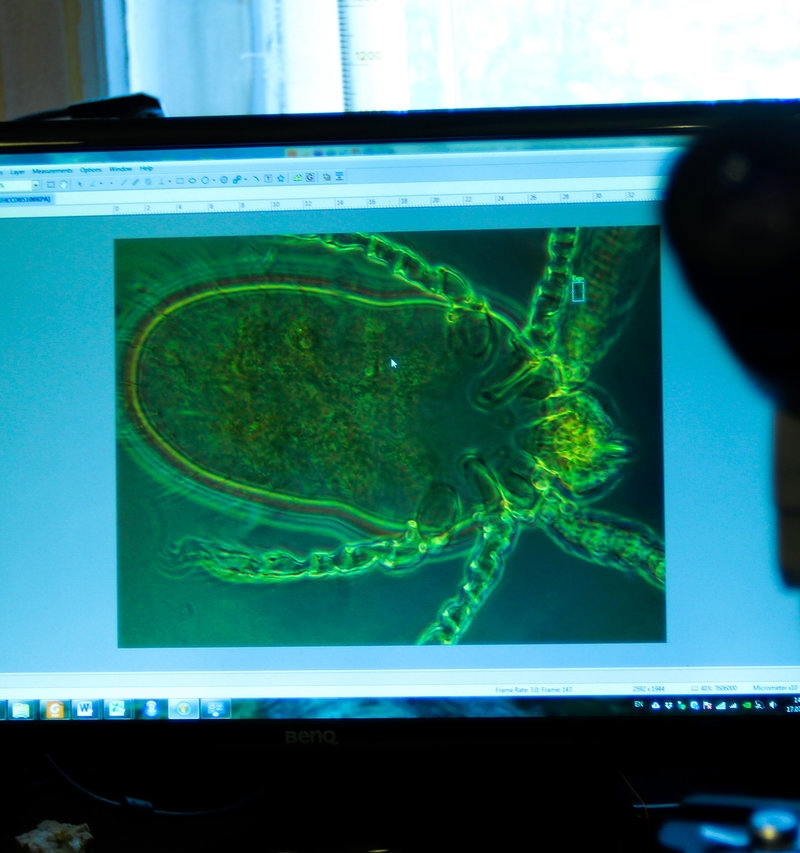
Daria Smirnova // Lomonosov MSU
Wow! No, this is certainly not what I usually think of, when I think of entomology. Discovering new species to science is a little less surprising, though that does not mean less interesting!
‚I described ten new species of fly, from one family in Vietnam. I actually find a lot of new species for science; because I need to describe them quickly, I can be a bit uncreative with the names. So I’ll just call them „yellow“ or „black“ or „furry“ in Russian because they were furry, and that’s all.‘
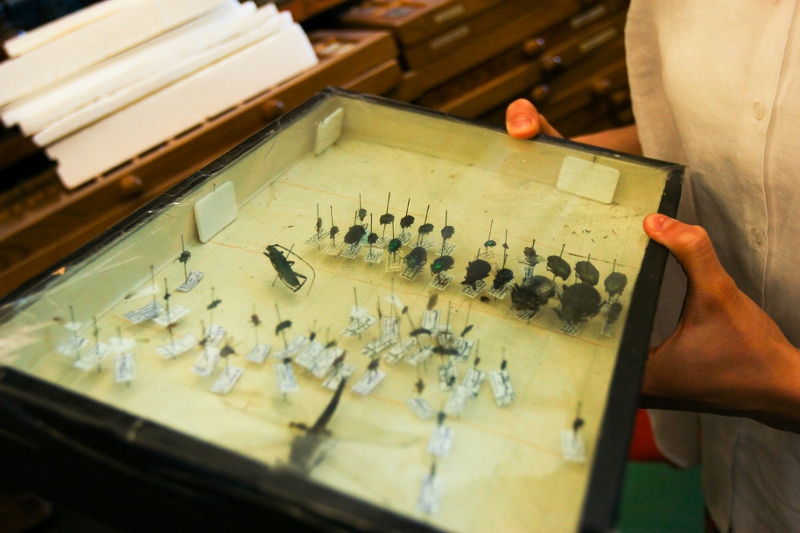
Daria Smirnova // Lomonosov MSU
This is probably a good moment to introduce you to the person responsible for introducing me to all of these scientists: a student for the MSU press office named Nikita. An intelligent, worldly, young man, Nikita is a good person for the job, because he both has a broad understanding of the subjects being studied at MSU, and sympathy for the fact that not everybody will share this broad understanding. This ability to step out of the theoretical world of data to talk with non-experts, makes him an excellent science communicator.
Showing me around in the subterranean tunnels beneath the campus of MSU, he had this to say: ‚All the buildings of Moscow State University are united by subterranean tunnels, some of which have been closed or forgotten. According to legend, it used to be possible to go directly from these tunnels to nearby subway stations, but that doesn’t seem to be possible anymore.‘
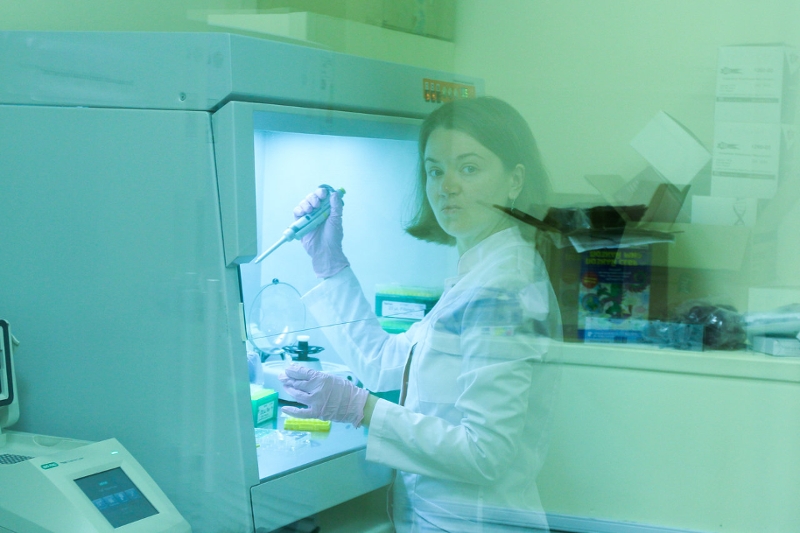
Daria Smirnova // Lomonosov MSU
A researcher in an underground lab, caught creating a sinister new form of life (maybe)!
When I asked him if MSU collaborated at all with Roscosmos, the space program, he told me this: ’Some of our space researchers were able to send some fungal spores into space. When the spores were returned to earth, they then tried to plant them, and compared the surviving spores against normal ones that hadn’t traveled into space.
‚As it turns out, some fungi can survive quite well in space conditions!‘
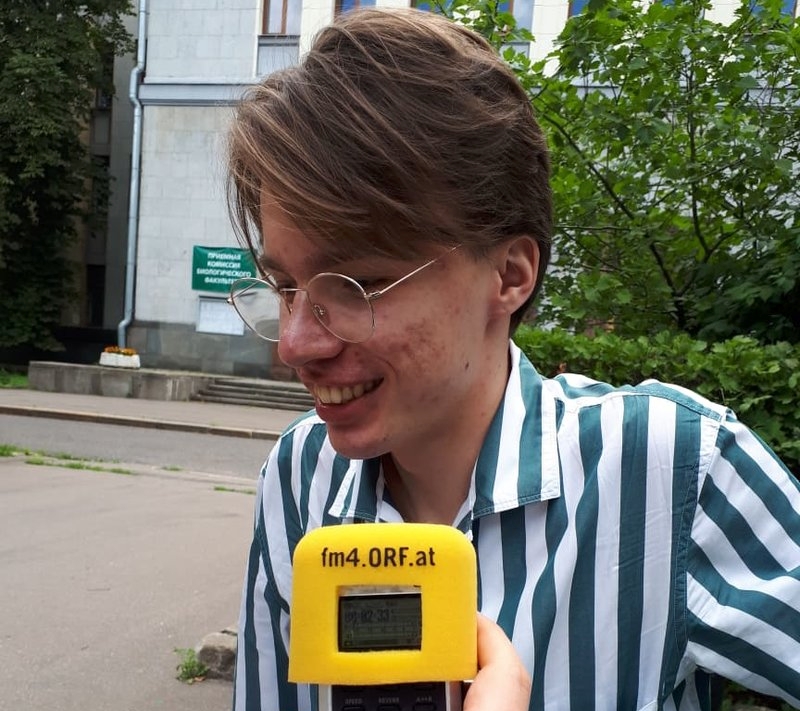
Johnny Bliss
Nikita Lavrenov, describing how space spores have been snatching bodies since the 1980s
Lastly, I would be failing in my duties as a journalist, if I didn’t take this opportunity to introduce you to one of the most interesting people I met during my tour of MSU: Pavel Makarevich, the head of the Laboratory of Genetic Therapy, working in close partnership with MSU’s Noah’s Ark, which is Russia’s national depository bank of living systems.
He’s the sort of serious scientist that never forgets the „bigger picture“. When explaining something, he was rigorous, eager not to be misconstrued or to forget any aspect of a picture that he was trying to paint. But that doesn’t mean that he spent hours telling me about the ins-and-outs of cellular structures, either. I guess the word I’m looking for is focused, which enabled him to be able to explain complicated topics to even a lazy intellectual like me, and make it all understandable: a rare gift, frankly!
First, we visited the cryogenic freezers, where they store human bio-material (under the auspices of the Noah’s Ark project).
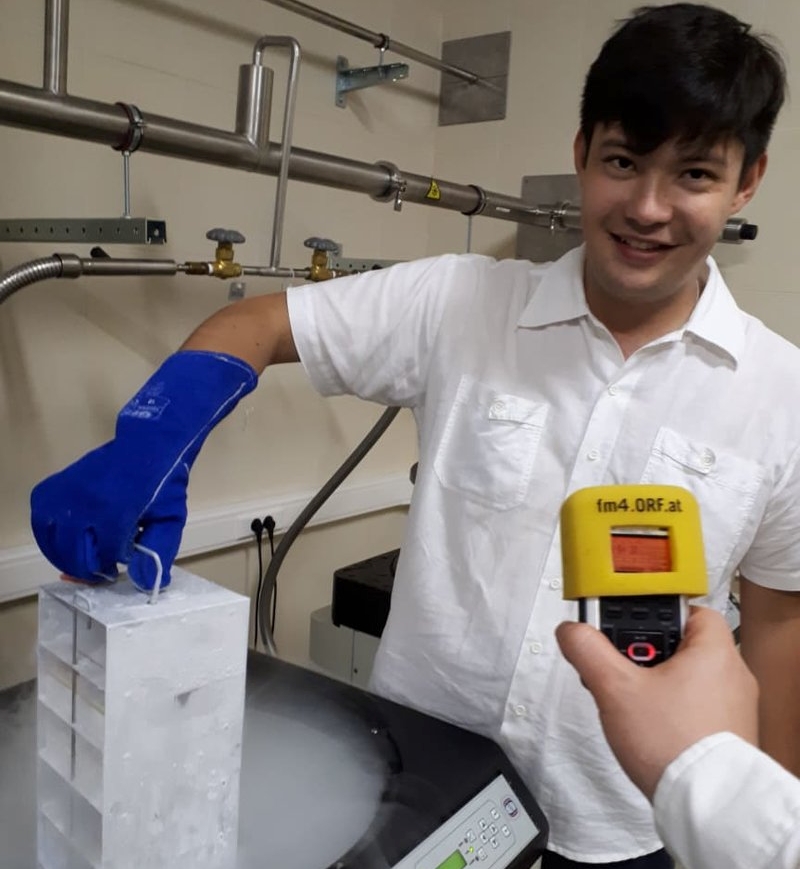
Johnny Bliss
Actually, this is just where they store the ice cream.
‚Human bio-material can mean many things. It’s everything from tears to blood to DNA. Many scientists suffer from a lack of material, or they’ll have very heterogenous, mixed collections. For example, say that I want to test a molecule that can be helpful for a rare disease. First I have to find these people to get cells from them, and that takes time.
’So actually, this project is about facilitating the work of scientists.‘
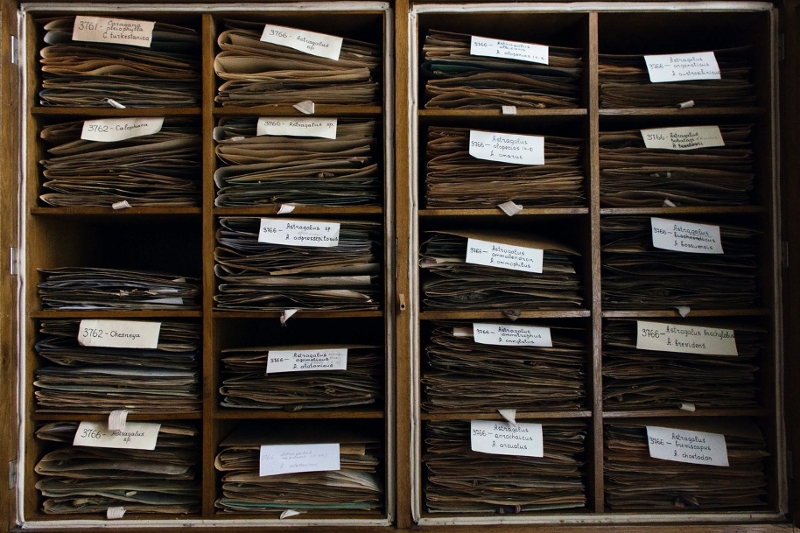
Nikita Lavrenov // Lomonosov MSU
Some analog work of scientists being facilitated
Noah’s Ark is, of course, an idea from the Old Testament, where all of the world’s animals were rescued by this big ship from the flood that was covering the Earth. What, I asked, would be the ‚Flood‘ today?
‚I think the flood is actually chaos. We can never predict the full consequences of anything we do. A schoolbook example is the rabbits in Australia, who almost destroyed the endemic nature of the whole continent. That’s why we’d like to preserve bio-materials from endangered species of animals. That way, in the future, we might be able to re-introduce them to nature.
’Of course, some people say that, if some species is extinct, that means that it simply failed to adapt to the new conditions. But this isn’t necessarily due to natural causes - it’s often due to illegal hunting, the selling of ivory and so forth. It’s black business that’s killing those species. So that’s why if we know that some animal is threatened by the fading ecology or fading habitat, we’d like to save bio-material from it while we still can. There are many obstacles right now to moving forward with this work, but theoretically it can be done.‘
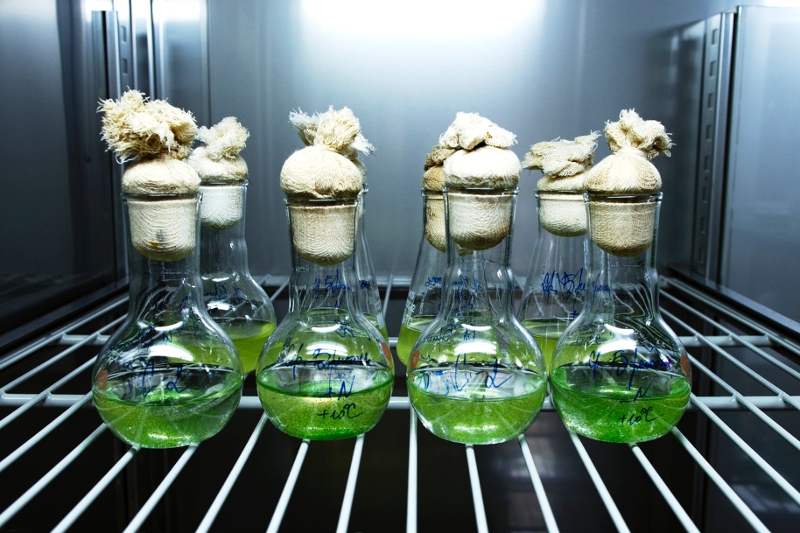
Nikita Lavrenov // Lomonosov MSU
Mmmm, cocktails!
After all of these wonderful and (to my ears) magical-sounding ideas, I wondered if - even knowing all the science - any part of these projects also still struck Pavel as miraculous or magic?
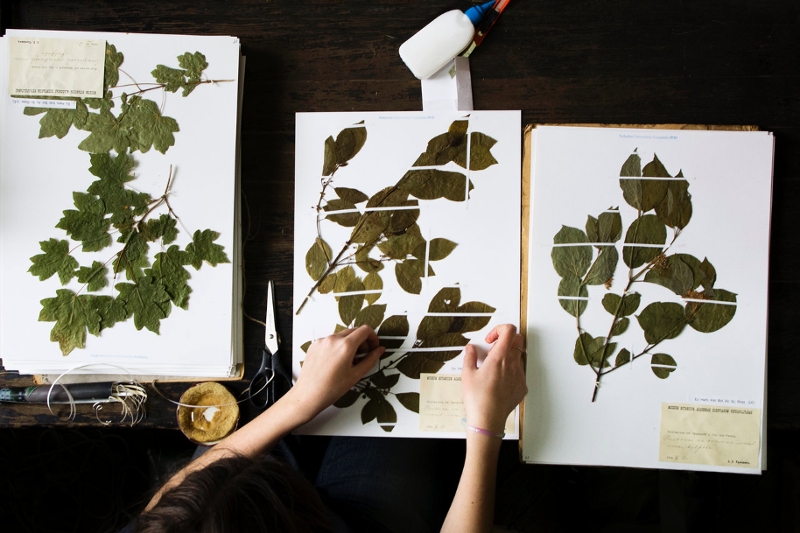
Nikita Lavrenov // Lomonosov MSU
’When you put cells in a dish, you find that they are still trying to re-build tissues. They don’t have blood vessels or nerves, but they are still trying to form something which looks more like a tissue rather than a cell culture. So that made me draw the conclusion that cells are the atoms of living material.
‚That makes you - I would say - a bit mystic about what life is. It makes you reconsider your approach to what you have at hand. I would maybe say a very strange phrase, but: life is a very viable thing. I mean that wherever you put living material, it tries to adapt. There is something which cannot be predicted or explained by mathematical algorithm or common sense. Life is something above the proteins and it’s very special, and that’s the basic principle for having life on this planet, I think. And when you come head-to-head with it, you have to acknowledge that it’s actually a miracle around us every day.‘
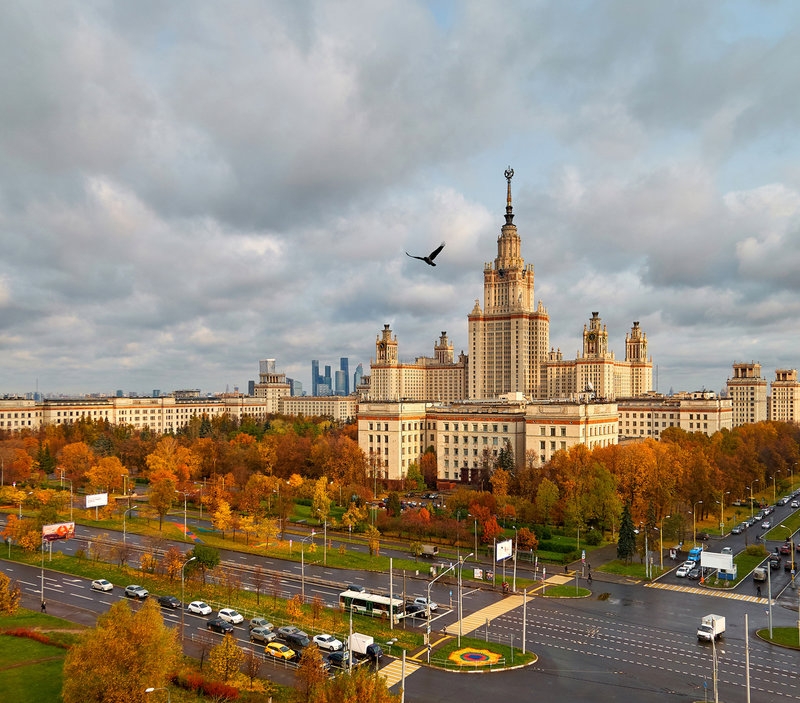
Eugene Goodilin
December 17th to 21st: Our roaming reporter Johnny Bliss was at Moscow State University, meeting scientists, physicists, entomologists and more, investigating cutting edge technology and science, including Noah’s Ark, which is MSU’s depository bank of living systems: a collection of biological material from around the world. They discussed breakthroughs in laser and optical photonic technologies, nano-technology, disease control, forensics, and what the latest science has to say about the existence of God and aliens.
Hear the whole series via the Reality Check podcast!
Publiziert am 21.12.2018








